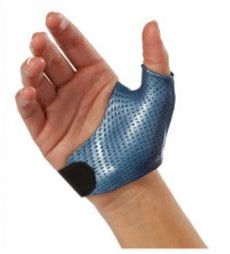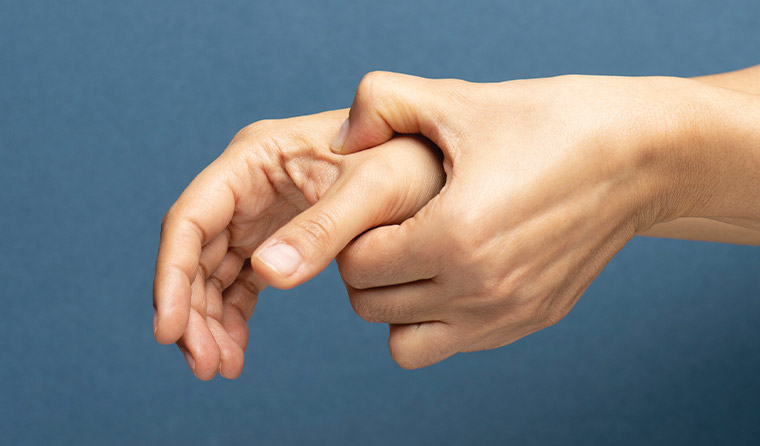Thumb ligament sprains/ rupture
A sprain of the ulnar collateral ligament (UCL) or radial collateral ligament (RCL) in the thumb can result from traumatic injuries that cause stretching or tearing of these ligaments. These injuries are commonly referred to as Gamekeeper's thumb (UCL injury) and Skier's thumb (RCL injury). Let's delve into each:
Ulnar Collateral Ligament (UCL) Sprain:
Symptoms:
- Pain and tenderness along the inner side of the thumb, particularly at the base.
- Swelling, bruising, and possible deformity at the thumb's inner side.
- Weakness or instability in the thumb, especially during gripping or pinching activities.
- Difficulty in moving the thumb, particularly in a pinching motion.
Treatment:
- Immobilization: Initially, the thumb may be immobilized with a splint or brace to allow the ligament to heal properly.
- Rest and Ice: Resting the thumb and applying ice packs intermittently can help reduce pain and swelling.
- Pain Management: Over-the-counter pain relievers may be recommended to alleviate discomfort.
- Hand Therapy: Once the acute phase passes, hand therapy can help restore strength, flexibility, and function to the thumb.
- Gradual Return to Activity: Return to activities should be gradual and under the guidance of a healthcare professional to prevent reinjury.
- Surgery: Severe cases may require surgical intervention to repair or reconstruct the damaged ligament.
Radial Collateral Ligament (RCL) Sprain:
Symptoms:
- Pain and tenderness along the thumb's outer side, near the base.
- Swelling, bruising, and possible deformity at the thumb's outer side.
- Weakness or instability in the thumb, especially during gripping or pinching activities.
- Difficulty in moving the thumb, particularly in a pinching motion.
Treatment:
- Immobilization: Similar to UCL sprains, initial immobilization with a splint or brace is often necessary.
- Rest and Ice: Resting the thumb and applying ice packs can help reduce pain and swelling.
- Pain Management: Over-the-counter pain relievers may be recommended.
- Hand Therapy: Hand therapy can aid in restoring thumb function and strength.
- Gradual Return to Activity: Activities should be resumed gradually and with caution.
- Surgery: Severe cases or injuries with associated instability may require surgical repair or reconstruction of the ligament.
Prevention:
- Using protective gear during activities that pose a risk of thumb injuries, such as wearing thumb splints or guards.
- Avoiding activities that place excessive stress on the thumb ligaments whenever possible.
- Maintaining overall hand strength and flexibility through regular exercise and conditioning.
In both UCL and RCL sprains, prompt medical evaluation and appropriate treatment are essential for optimal recovery and to prevent long-term complications.


© 2023 Healing Hands Hand Therapy All Rights Reserved
